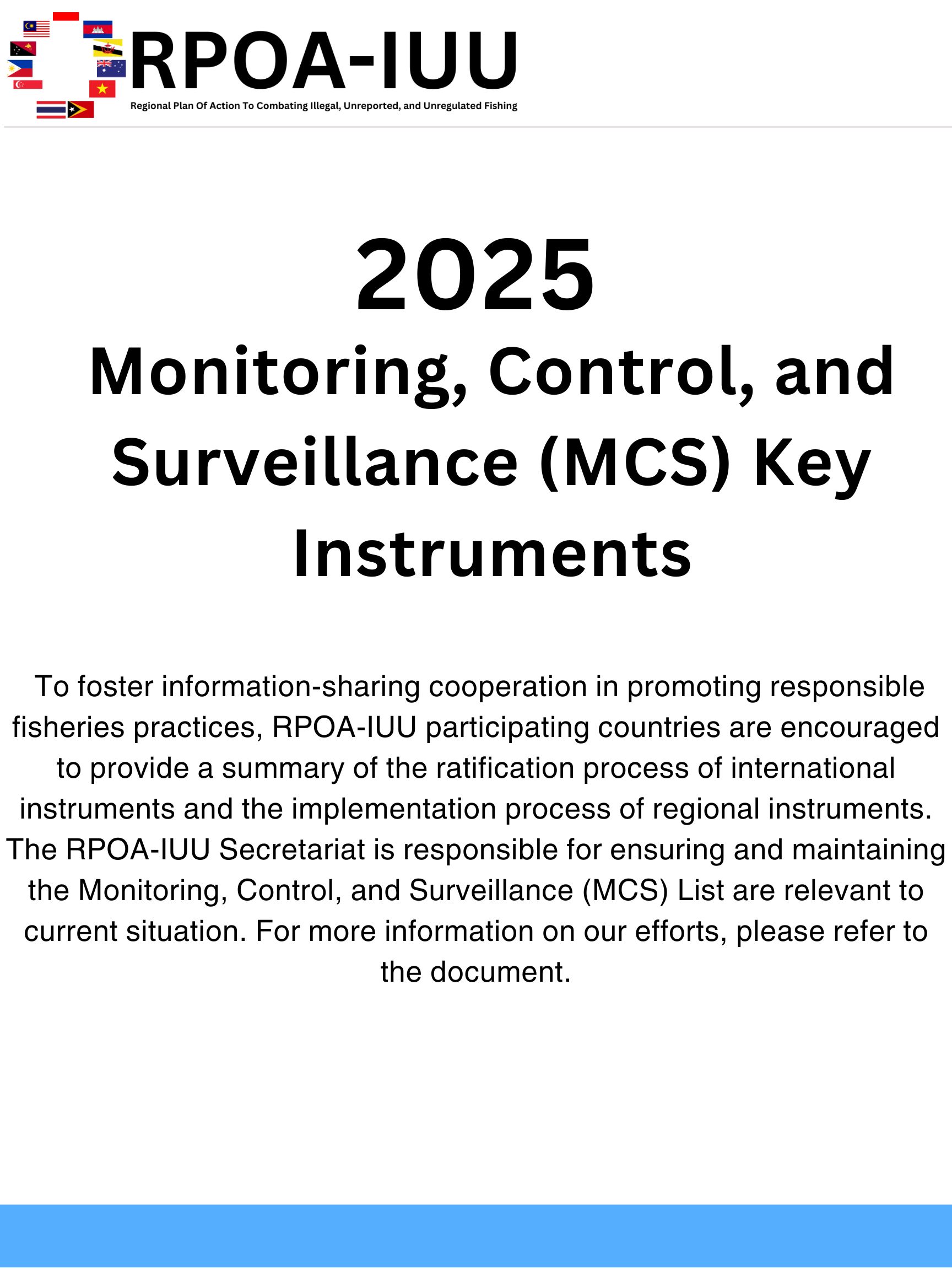Context
The Gulf of Thailand is a vital marine ecosystem that supports a variety of fisheries essential for livelihoods and food security in bordering nations, including Cambodia, Malaysia, Thailand and Vietnam. This region, however, is grappling with significant challenges to marine life, such as declining fish stocks, overfishing, and the impacts of climate change. Coastal communities and domestic and export markets reliant on fisheries are becoming increasingly vulnerable as the marine ecosystem degrades due to these challenges, posing threats to socio-economic stability.
Sustainable fisheries manage and harvest stocks to ensure their long-term productivity, maintain healthy populations, protect ecosystems, and secure marine resources for future generations.
In the Gulf of Thailand, sustainable fisheries management is hindered by knowledge gaps about stock status, illegal, unreported, and unregulated (IUU) fishing, and financial and human resource limitations. This is further complicated by the
transboundary nature of many stocks, which necessitates regional cooperation. However, efforts to collaborate are often hampered by geopolitical sensitivities and reluctance to share data, creating significant obstacles to effective management.




